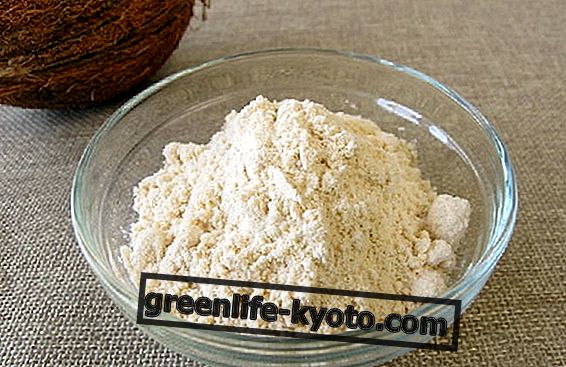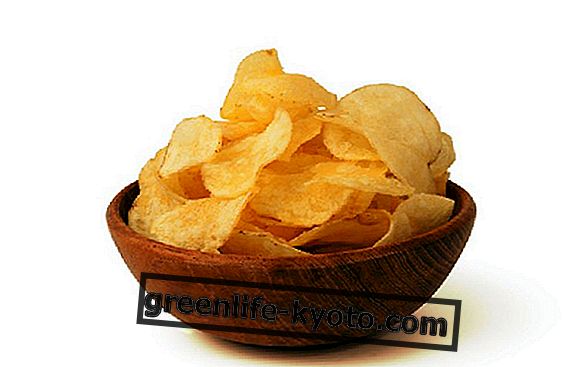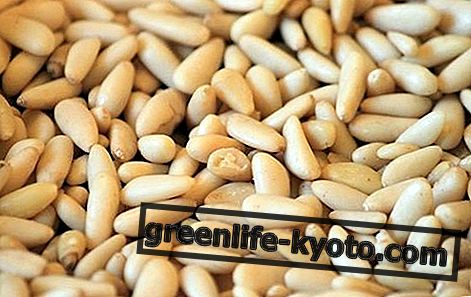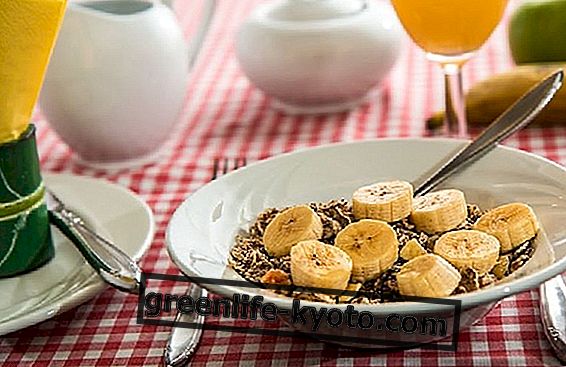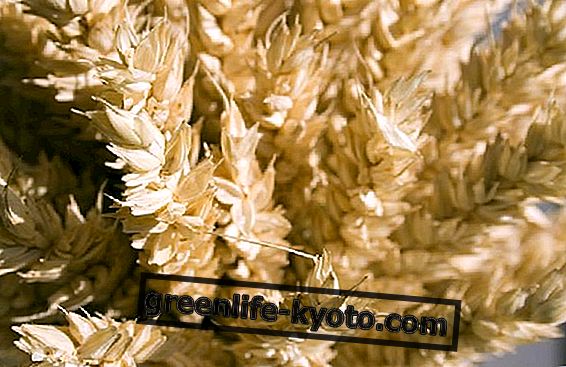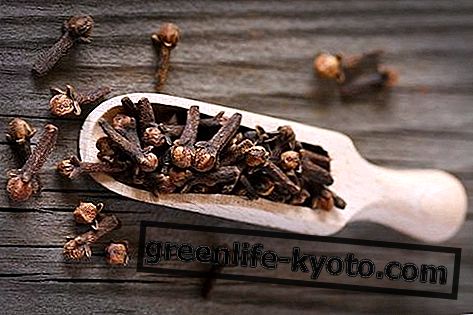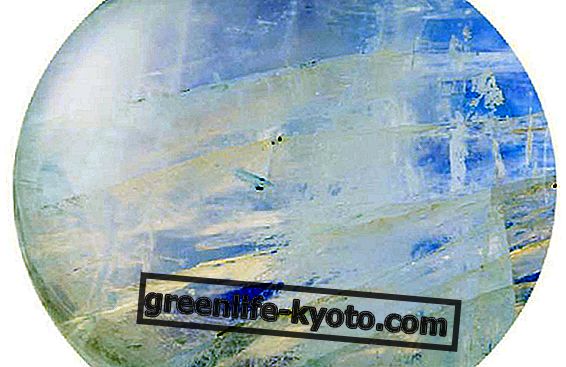
Edited by Cantine Brusa
Have you ever wondered if the statement that grapes are not recommended in diets is true because, having a high sugar content, it is a fruit that fattens up quite a bit?
Well, to clarify the point we turned to some experts of Cantine Brusa, a traditional company in the food sector of Toscanella di Dozza, producer of rectified concentrated must and grape sugar to ask them for more information on the composition and properties of this delicious fruit.
The grape is one of the Italian products par excellence, as the wine market is constantly growing in our country, so we went looking for answers from those who know about it and we were told that this is a product that is used as well as for the production of wines, also from the food industry for different important uses: compotes, jams and drinks and fruit-based juices and also to produce grape must or grape sugar, a high quality natural sweetener perfect for the preparation of desserts and traditional balsamic vinegar.
But let's see what industry experts have answered to our grape questions.
What kind of food is it? What are its uses?
As we have previously reported, the grape is a fruit that precisely because of its peculiar nutritional and chemical composition, is used not only for its direct consumption in the kitchen as fresh fruit, but also as the main raw material in the food industry and in the phytotherapy and cosmetic sector, as well as for the production of different varieties of wines.
But what is true about the fact that it is a fruit rich in calories and therefore not recommended for those who want to lose weight?
The grapes have high values of sugar, this certainly. In fact it is one of the most sugary fruits, and it brings about 61 kcal every 100 grams, but mind you: the grape does not contain more calories than many other fruits that we consume in our daily life. Want to see some examples?
Just think of the fruit that we always find in our supermarkets: the apricot brings about 28 kcal per 100 grams; fresh pineapple 40 kcal every 100 grams; the orange 34 kcal every 100 grams; the avocado 450 kcal per portion and 231 kcal every 100 grams; the banana has about 100 kcal per portion; the melon provides 70 kcal per 100 grams; roasted chestnuts 100 kcal per serving and 200 kcal every 100 grams; while every 100 grams of cherries we consume 38 kcal; for prickly pears we speak of 50 kcal every 100 grams; and every 100 grams of dried dates we accumulate well 235 kcal approximately.
But do we want to talk about dried fruit? Then: toasted peanuts provide 100 kcal per serving and 598 kcal per 100 grams; every 100 grams of dried almonds we consume 603 kcal not to mention the fresh walnuts that bring 582 kcal per 100 grams and 689 kcal in the case of dry walnuts.
Then we find the fruit juices that make 60 kcal every 100 grams while the grape juice specifically contains 70 kcal per 100 grams of product. So as you can perfectly see, grape juice is not much more caloric than other fruit juices.
What is the composition of the grapes?
In this fruit we find an important percentage of water (about 80.3%), of carbohydrates especially fructose and glucose (estimated at around 15.6%), of fibers (1.5%), of proteins ( 0.5%) and fats that are very few (only 0.1%). Furthermore, the grape is rich in mineral salts, in particular potassium and has a high concentration of vitamins including vitamin C, B1, B2, PP and A.
But then, can we say that grapes constitute an important health ally?
Definitely yes! Grapes are a thirst-quenching and purifying fruit, yet nutritious and energizing . Consider that it helps the venous system by helping to prevent hemorrhoids, capillary fragility and venous insufficiency of the lower limbs, being also useful for calming the disorders that originate with menopause. In fact, the skin of grape berries contains (resveratrol, the antioxidant par excellence) which basically helps to slow down the aging process.
Finally, the grape is also used to reduce hunger and promote diuresis as it plays a fundamental purifying action on the body.
Is this fruit advisable for everyone?
For those who carry out sports activities, grapes are certainly ideal, so eating a portion of grapes two hours before physical activity will certainly help to integrate the mineral salts and sugars that will be consumed later.
As for the people who were absolutely forbidden to consume sugar, of course it is not advisable to take it but not even for children under the age of 4 because the high content of cellulose present in the skin can cause a difficult digestion .
But what can we say to those who do not have frequent physical activity or follow a particular diet? Is it okay to eat grapes?
Absolutely yes! This delicious fruit, besides removing hunger, has an important amount of mineral salts that are useful for the formation of hemoglobin, to stimulate the secretion of bile and to promote digestion, as well as acting as a diuretic and remineralizing. If you want to learn more about how grapes are able to slow down the aging process, we recommend reading this interesting article.
In conclusion, let us listen to the advice of the Cantine Brusa experts: do not absolutely listen to those who tell you that grapes are only bad and get fat. This fruit is, contrary to popular belief, one of the foods that contains more vitamins and fewer calories as it is also the antioxidant par excellence.
Grapes are full of beneficial properties for our body so, do not be afraid, eat it quietly, your body will benefit from the very important benefits and be sure of it: your silhouette will not be affected!

